#Daewoo
Junkyard Find: 2002 Daewoo Nubira SE Sedan
After 16 years of writing about junkyard vehicles, I've come to appreciate the marques that have so few models sold in the United States that I can capture the entire span of their offerings in the automotive marketplace, just by visiting my local Ewe Pullets enough times. Daihatsu sold but two models here. Sterling had two. Merkur also had two. Daihatsu, however, sold three car models during its three years in the United States. We saw a discarded example of the entry-level Daewoo subcompact, the Lanos, a couple of months back. Five years ago, we admired the Daewoo luxury sedan, the Leganza. Today, it's the turn of the third member of the 2000-2002 Daweoo triumvirate: The compact Nubira, an example of which I found in a Denver self-service yard last week.
Junkyard Find: 2000 Daewoo Lanos Sedan
Of all the far-flung outposts of the sprawling GM Empire, Daewoo produced some of the best stories. Today's Junkyard Find is an example of one of the three car models sold with Daewoo badging during the company's brief attempt to establish a toehold under its own name in North America.
Abandoned History: Daewoo Motors, GM's Passport to International Sales (Part IV)
We return to Abandoned History’s coverage of the twists and turns of the Daewoo story, at a time when the company’s predecessor, Shinjin, was no more. After an early Seventies joint venture with General Motors saw the company renamed to General Motors Korea, Shinjin bowed out of the deal after just five years. In 1976 Shinjin’s ownership in the business was sold to a state-owned Korean bank, and General Motors Korea was renamed to Saehan Motor Company. But that didn’t mean GM was out of the picture - far from it.
Abandoned History: Daewoo Motors, GM's Passport to International Sales (Part III)
After a few successful years building a trio of Toyota models (Corona, Publica, and Crown), Shinjin was forced to look elsewhere for a business partner. Toyota wanted to sell cars in China, and China forbade any company that sold products on its shores from having operations in South Korea. As expected, the government stepped in and assisted in a new deal between Toyota, Shinjin, and General Motors.
The deal was finalized in 1972 and saw Toyota sell its stake in Shinjin directly to GM. The 50-50 GM-Shinjin venture saw the latter immediately renamed to General Motors Korea. GMK was immediately the new face of GM product distribution in South Korea. Let’s embark upon a series of particular business arrangements involving Shinjin that didn’t last very long.
Abandoned History: Daewoo Motors, GM's Passport to International Sales (Part II)
We return to our Abandoned History coverage of Daewoo Motors in the early part of the Sixties. Korea was a newly independent nation still in the process of building its economy after many decades of Japanese occupation. The new Korean government seemingly relied on two tenets in its earliest years: Centralized control and openness to bribes.
Both those factors were at play when the government handed the production of all passenger cars to a single company, Saenara Motors. Via a huge loan and technical assistance from Nissan, Saenara built Korea’s first car, the Saenara (Datsun) Bluebird via knock-down kits assembled in South Korea. But once the government noticed there was too much capital flowing out of the country, they banned Saenara from buying more kits from Japan. The scraps of bankrupt Saenara were picked up by another company, Shinjin.
Abandoned History: Daewoo Motors, GM's Passport to International Sales (Part I)
Sometimes all it takes is a Tweet to generate a new Abandoned History series. A seemingly simple request: coverage of some GM models from the early 2000s, specifically a Daewoo. But there’s a long, winding, and dramatic history behind Daewoo Motors. The company’s origins trace back to the 1930s, and the very first Korean car.
Throughout the ensuing decades, Daewoo Motors was formed, reformed, bought and sold, and generally passed around in Korea. Along the way, it offered other brands’ vehicles, its own, and even purchased a smaller carmaker. So sit back and relax as we travel to Korea in 1937, during the latter part of the country’s Japanese occupation.
Abandoned History: General Motors' Passport and Asna, Total Brand Confusion (Part II)
We started our coverage of GM’s Eighties and Nineties branding adventures last week, with the short-lived experiment that was Passport. The dealership network was an amalgamation of GM-owned or influenced brands from Japan, Sweden, and in the case of the Passport Optima, South Korea. Passport lasted from 1987 through 1991 before GM changed directions. In addition to axing an unsuccessful sales channel, Geo and Saturn cars had arrived during Passport’s tenure and made things more complicated. Let’s learn some more about GM’s Canadian dealership networks.
Abandoned History: General Motors' Passport and Asna, Total Brand Confusion (Part I)
In the Eighties and Nineties, General Motors of Canada decided to try new distribution strategies for its imported cars. Like in the recent Dodge Colt series, General Motors had its own captive import cars and trucks that were manufactured by other brands. But because of dealership arrangements in Canada, GM took things a step further than Chrysler and established a separate distribution network for its imported wares. The efforts lead to the thrilling Passport and Asüna brands for the Canadian market. First up, Passport.
Junkyard Find: 2006 Suzuki Forenza With Manual Transmission
After the Daewoo brand fled these shores in 2002 (leaving Manny, Moe, and Jack in charge of warranty service and the company’s founder on the run from the long arm of the South Korean law), the sprawling GM Empire found a means to continue selling the Leganza and Nubira here: as the Suzuki Verona and Suzuki Forenza/Reno, respectively. Here’s a banged-up Forenza in a Denver yard with the extremely rare five-speed manual transmission.
Junkyard Find: 2009 Pontiac G3 Wave
The years 2008 and 2009 were interesting times for GM, with the company filing for Chapter 11 bankruptcy on June 1, 2009 and the Pontiac Division clearly on the ropes (despite the Bondo applied over Pontiac’s rusty image by the Solstice).
To The General’s warlords, only one solution to Pontiac’s woes made sense: take the Chevy Aveo, itself a South Korea-built Daewoo Kalos, and give it Pontiac badges!
Junkyard Find: 2005 Suzuki Reno SWT
Would you consider a special-edition version of the Daewoo Nubira’s successor to be worthy of inclusion in this series, even as I walk by 99 out of 100 junked BMW E30s? Hey, if I’m willing to photograph every Mitsubishi Lancer OZ Rally and Geo Storm GSi that I find in the junkyard, then of course a genuine, numbers-matching Suzuki Reno SWT makes the cut!
Junkyard Find: 1988 Pontiac LeMans Sedan
Since starting doing this goofy car-writing-online gig 13 years ago last month, I have documented the demise of 2,073 discarded vehicles in excruciating detail. During that time, I have walked right past thousands and thousands of allegedly interesting cars and trucks (sorry, BMW 3 Series fans, but I’ve been trying to make it up to you in recent years) in order to obsess over my very favorite kind of junkyard machines: little– known examples of puzzling badge engineering. That means that when I see the South Korean Pontiac LeMans in a junkyard, I photograph it.
Here’s a low-mile, first-model-year LeMans sedan, found in a Denver car graveyard last spring.
Junkyard Find: 2000 Daewoo Leganza SE
Daewoo wasn’t a well-known name in North America in the late 1990s, though quite a few Daewoo-built Pontiac Lemans cars were sold here during the 1988-1993 period. For the 1999 model year, a trio of Daewoo-badged cars appeared on these shores: the Lanos, the Nubira, and the Leganza.
The Leganza was the most luxurious of the Daewoo triumvirate (the bloodline of the Lanos lived on here after Daewoo departed the continent in 2002, as the Chevrolet Aveo and then the Sonic), and I photographed this crashed ’00 in a California self-service wrecking yard.
QOTD: What's Your Sketchiest Used Car Buying Experience?
For most people, not having a brand new car sort of budget can mean scrounging around on AutoTrader, Cars.com, eBay, or even the ever-professional Craigslist for used vehicles. The resulting experiences end up shaping the future of our car ownership, our finances, and perhaps our legal situations in some cases.
Today we want you to know about your sketchiest used car buying experience.
Junkyard Find: 2004 Suzuki Verona
What American car buyers in 2004 really needed was a lengthened Daewoo Leganza with Giorgetto Giugiaro styling, a transverse-mounted straight-six engine, and Suzuki badging … or so GM Daewoo Auto & Technology believed. Not so surprisingly, American car buyers weren’t so excited about the Verona, and these things are now nearly as rare as the similarly puzzling Isuzu Oasis.
Here’s one that I spotted in a San Francisco Bay Area self-service yard.

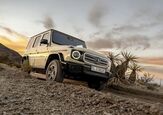
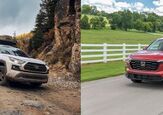
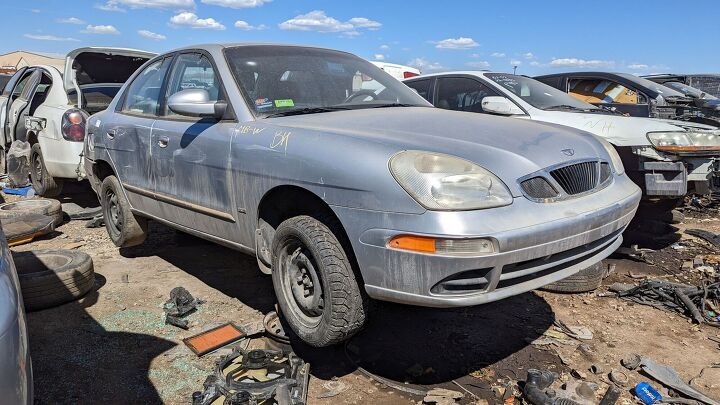
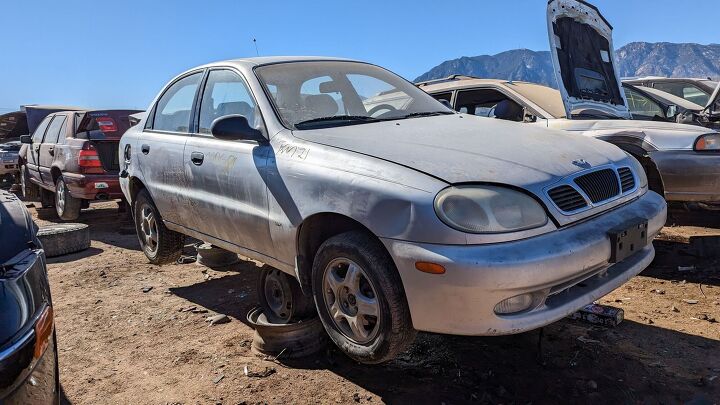
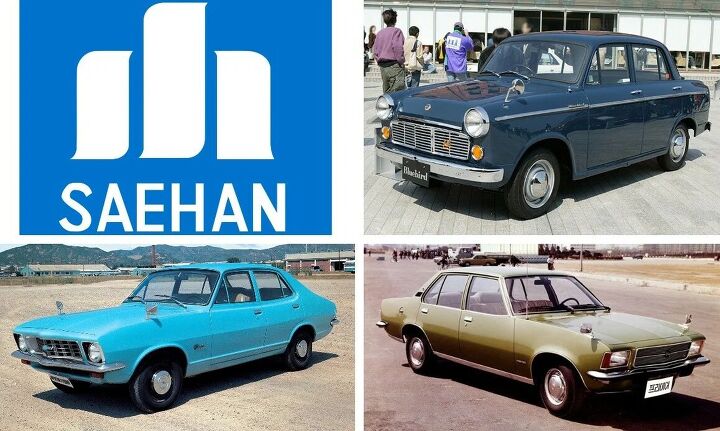
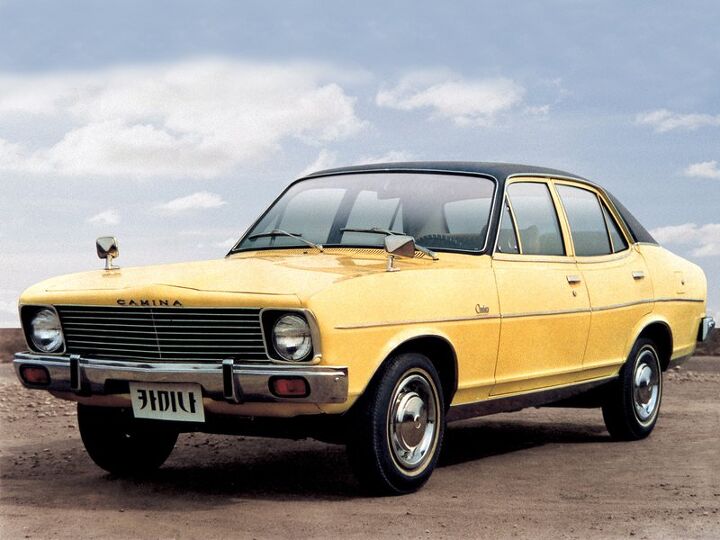
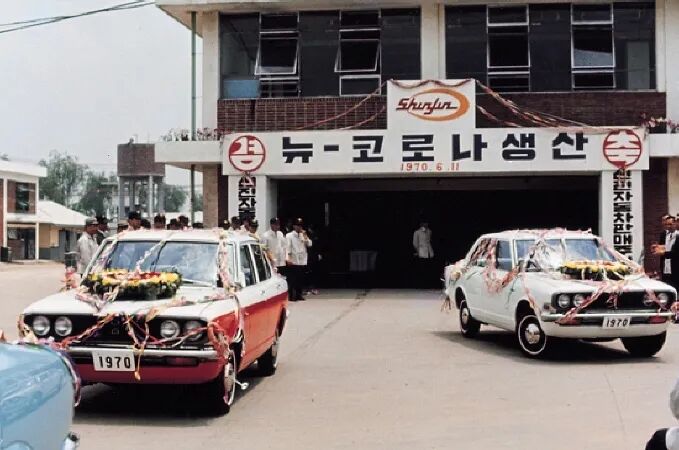
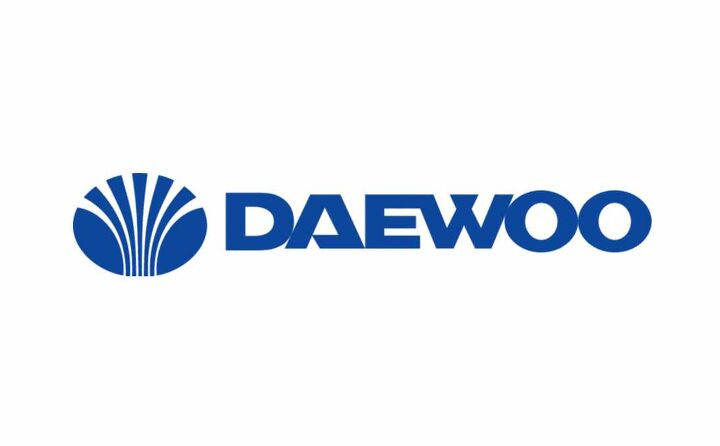
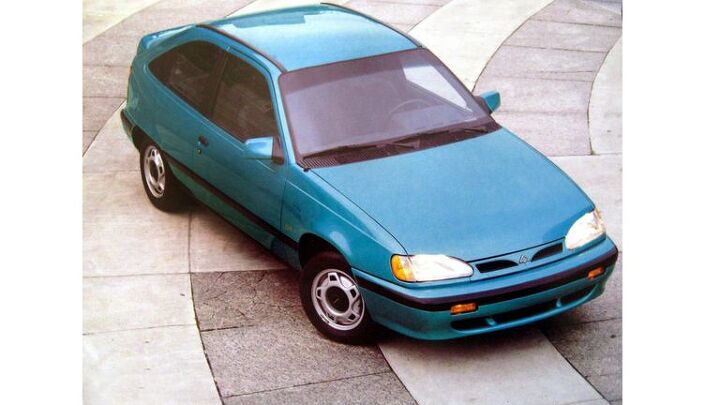
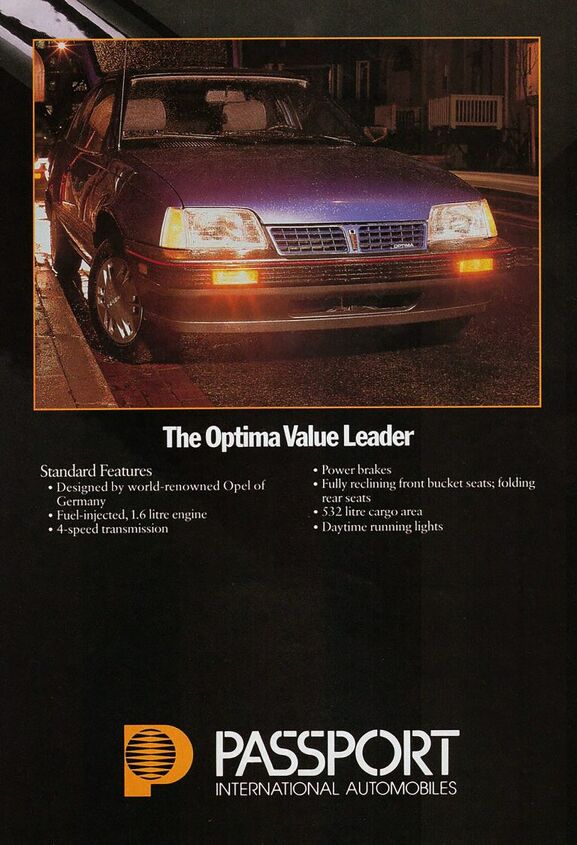
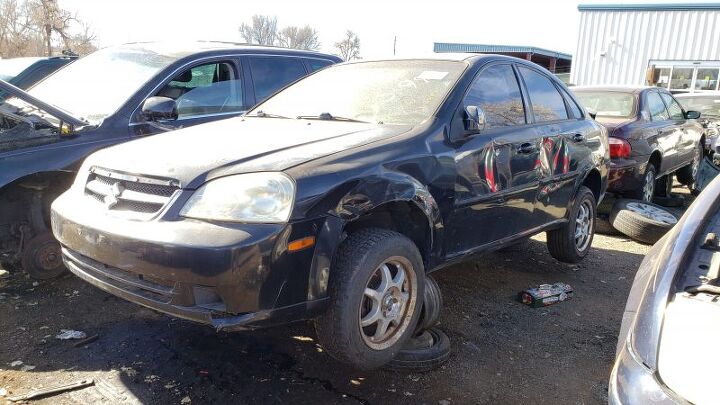
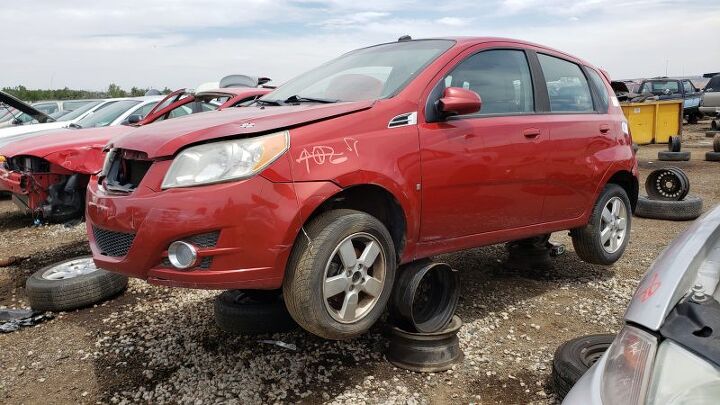

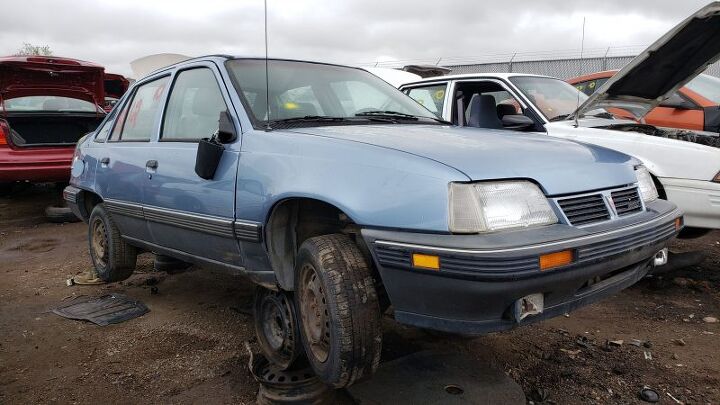
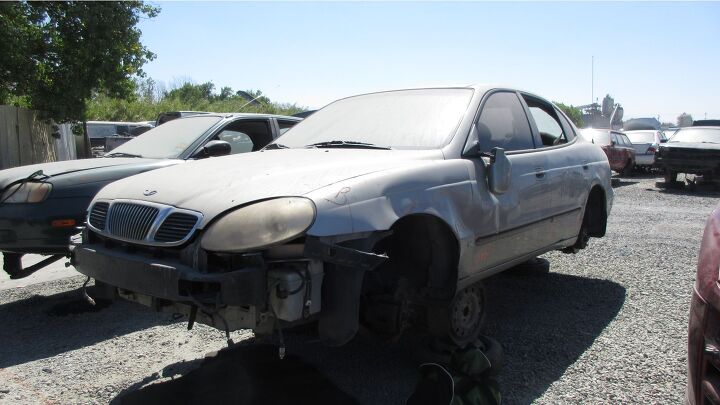
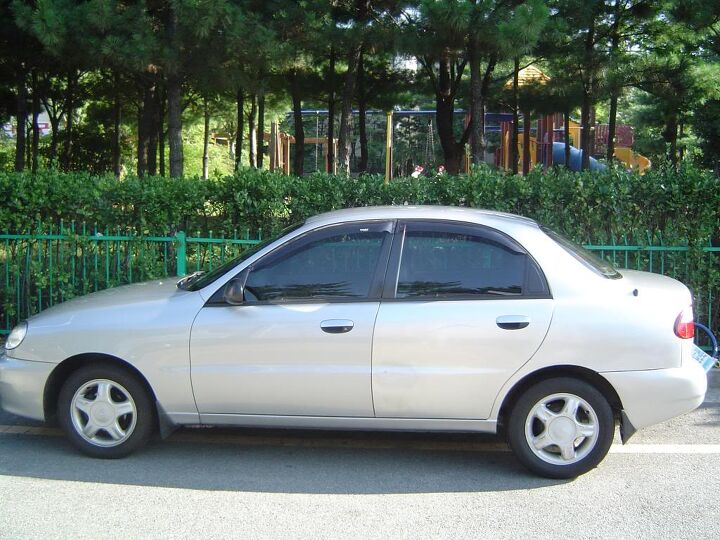
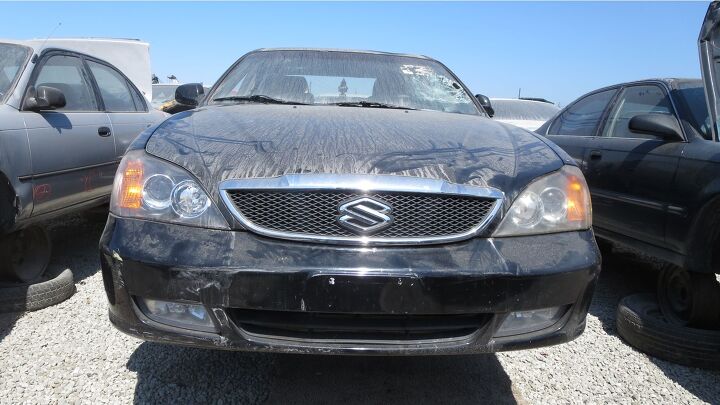












Recent Comments